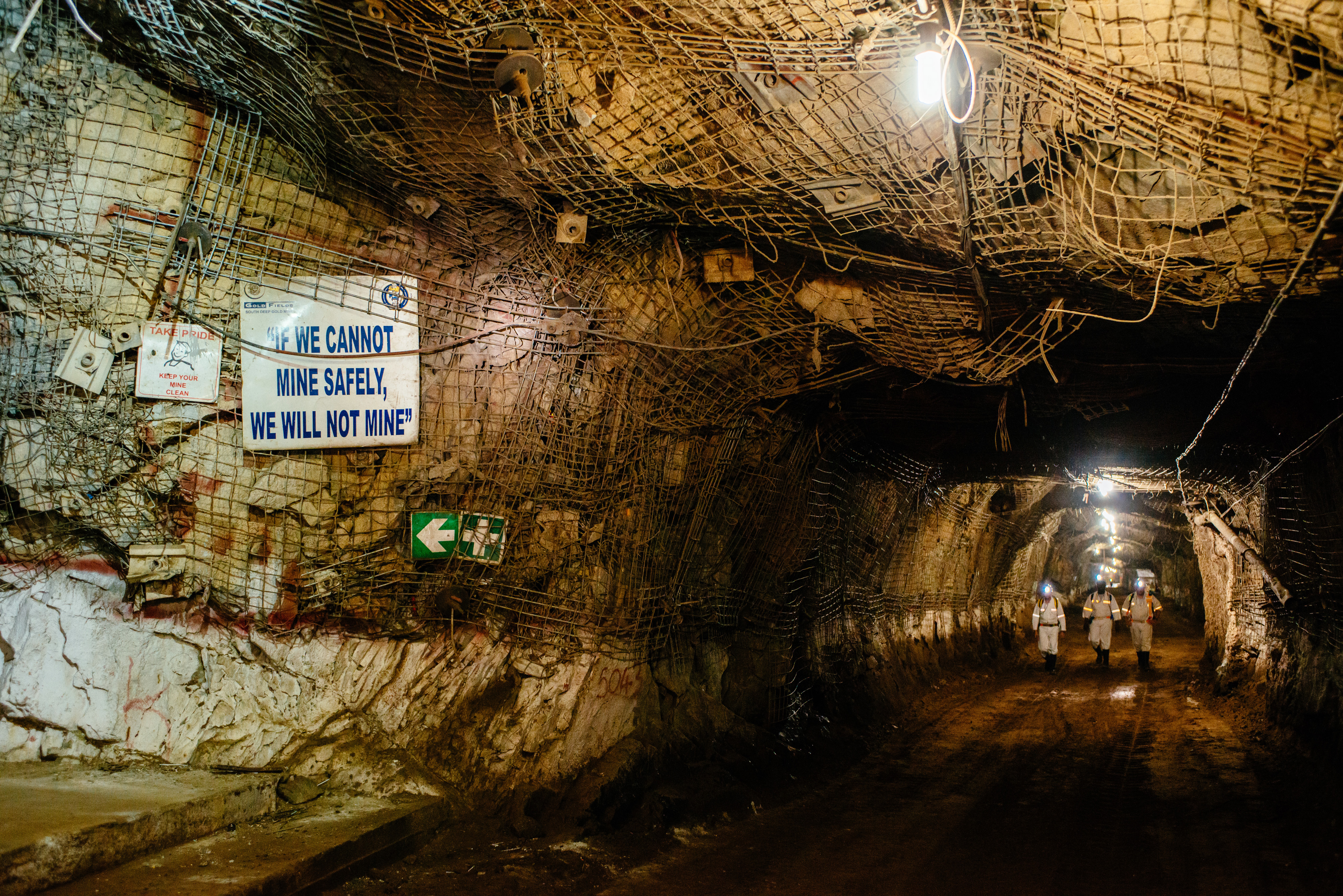If current trends continue, South Africa’s mining sector is on track for a gold medal safety performance in 2024, according to data provided to Daily Maverick by the Minerals Council South Africa.
As of the end of September, there have been 33 deaths in the year to date compared with 34 in the same period last year.
That is still a shocking number – 33 miners so far this year who were killed at work. The fact that this is progress underscores the scale of the historical death toll, which exceeds 80,000 since the advent of industrial-scale mining in South Africa.
Still, the toll is falling and that is promising. The record low was obtained in 2022, when 49 South African miners were killed by accident on the job. Three-quarters of the way through 2024 the toll is two-thirds of that figure.
In 2023, 55 mineworkers died in work-related accidents, but that number was inflated by the tragedy on 27 November at the Rustenburg mine of Impala Platinum (Implats). Thirteen miners lost their lives after the cage hoisting them to the surface jarringly reversed course into a rapid and lethal descent.
If that had not occurred, 2023 would have been the record safety year for South African mining.
The gold sector this year has seen a huge improvement. Gold mines reported a 39% reduction in deaths to 11 so far this year from 18 in the same period in 2023.
Read more: Health and safety have improved in SA mining industry, but problems remain
“If we carry on at this rate we will show significant improvement,” Minerals Council South Africa CEO Mzila Mthenjane told Daily Maverick on the sidelines of the Joburg Mining Indaba.
Falls of ground-related fatalities reached 10 by end-September from 12 at this point in 2023. The industry lost 15 miners to falls of ground in all of 2023, more than double the record low of six the year before.
A fall of ground – literally involving rocks falling on you from above – has long been the leading cause of death in South Africa’s mines.
But the roll-out of overhead safety netting and bolting over the past decade or so, mechanisation that has replaced humans with machines in dangerous areas at the rock face, and other measures have yielded huge safety dividends on this front.
Read more: Acknowledging harms of the past will help build a better mining industry in South Africa
Much of this has been driven by growing concerns among investors who don’t want their dividends drenched in blood, as well as government regulations and union activism.
Mining in South Africa remains bloody dangerous. The ultimate goal of “zero harm” remains elusive and may never be achieved unless robots completely replace humans underground.
But South Africa’s deep and dangerous mines are no longer death traps. In 1986, when black lives mattered little to white capital, 800 miners were killed at work in apartheid South Africa.
Hopefully, 2024 will end with another milestone on this safety journey. DM
This story first appeared in our weekly Daily Maverick 168 newspaper, which is available countrywide for R35.






